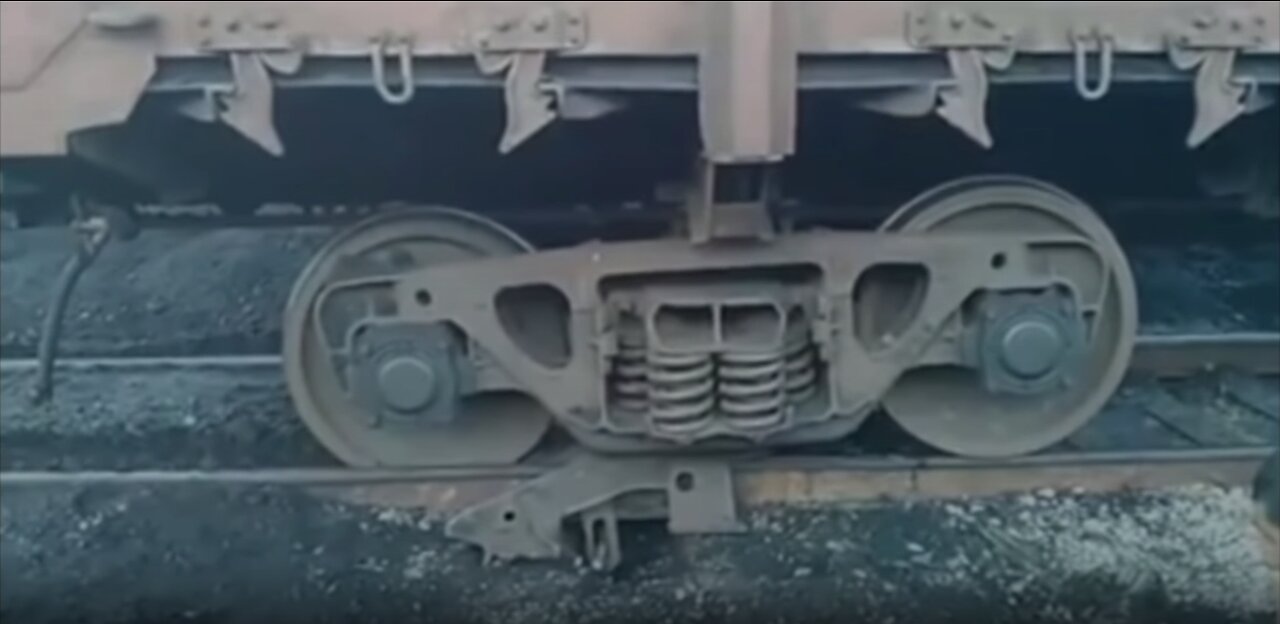Premium Only Content

Dera!ler?
I do not know if what the man said at the beginning of the video is correct or not. From what found after watching him it appears Phosgene gas and Mustard gas are 2 different things. I am trying to learn what is really going on just like everyone else.
Science History Institute
A brief history of chemical war
Chlorine gas, used on the infamous day of April 22, 1915, produces a greenish-yellow cloud that smells of bleach and immediately irritates the eyes, nose, lungs, and throat of those exposed to it. At high enough doses it kills by asphyxiation.
Phosgene, which smells like moldy hay, is also an irritant but six times more deadly than chlorine gas. Phosgene is also a much stealthier weapon: it’s colorless, and soldiers did not at first know they had received a fatal dose. After a day or two, victims’ lungs would fill with fluid, and they would slowly suffocate in an agonizing death. Although the Germans were the first to use phosgene on the battlefield, it became the primary chemical weapon of the Allies. Phosgene was responsible for 85% of chemical-weapons fatalities during World War I.
Mustard gas, a potent blistering agent, was dubbed King of the Battle Gases. Like phosgene, its effects are not immediate. It has a potent smell; some say it reeks of garlic, gasoline, rubber, or dead horses. Hours after exposure a victim’s eyes become bloodshot, begin to water, and become increasingly painful, with some victims suffering temporary blindness. Worse, skin begins to blister, particularly in moist areas, such as the armpits and genitals. As the blisters pop, they often become infected. Mustard gas could also contaminate land where it had been deployed. Exposure sensitized victims; further exposure even at lower doses produced symptoms. Mustard gas caused the highest number of casualties from chemical weapons—upward of 120,000 by some estimates—but it caused few direct deaths because the open air of the battlefield kept concentrations below the lethal threshold.
-
 0:51
0:51
Truth Bomb Mary WWMD
3 days agoPED0PH!LE !N P0WER EXP0$ED !N $T!NG 0PERAT!ON
18112 -
 1:26:04
1:26:04
Game On!
17 hours ago $2.32 earnedWe need to talk about the 2025 NFL draft!
30.1K2 -
 LIVE
LIVE
2 MIKES LIVE
1 hour agoTHE MIKE SCHWARTZ SHOW with DR. MICHAEL J SCHWARTZ 03-25-2025
137 watching -
 29:43
29:43
CatfishedOnline
18 hours agoMan Catfished By 29 Year Old Adult Entertainer In Romance Scam!
40.8K17 -
 14:31
14:31
ThinkStory
21 hours agoTop 10 SEVERANCE Theories That Will Have You Praising Kier!
26.4K16 -
 15:01
15:01
Shea Whitney
1 day ago $4.01 earned20 *Stylish* AMAZON Closet Organization Ideas for 2025!
40.2K8 -
 16:58
16:58
Bearing
21 hours agoThen They Came for the Teslas 💥 Crazy Leftists are HUNTING DOWN Teslas 🔥
28.6K77 -
 15:02
15:02
Neil McCoy-Ward
21 hours agoIt Keeps Going From BAD To WORSE... (Why Is No One Asking This Question?)
34K7 -
 2:02:28
2:02:28
The Criminal Connection Podcast
21 hours ago $1.39 earnedPaul Thorpe ROLEX Robbers, DIANA not an ACCIDENT? Making BRITAIN Great Again! MICHEAL JACKSON Fulham
29.1K2 -
 10:17
10:17
China Uncensored
18 hours agoEurope Just Dealt China a CRUSHING Defeat
36.4K18